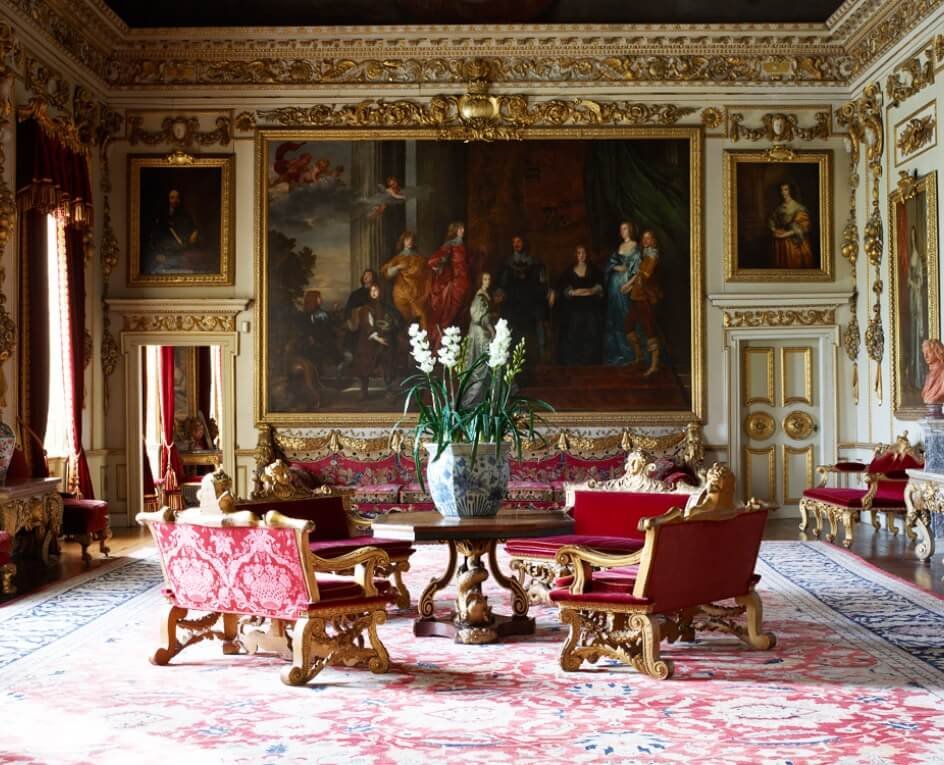A #StarTrekDay thread about fashion’s final frontier: the Skant. 55 years ago today, the USS Enterprise took flight with a miniskirted communications officer, Lt. Nyota Uhura, played by Nichelle Nichols. 

“In later years, especially as the women’s movement took hold in the ‘70s, people began to ask me about my costume,” Nichols remembered in her autobiography. “Some thought it ‘demeaning’ for a woman in the command crew to be dressed so sexily.” 

“Contrary to what many may think today, no one saw it as demeaning back then. In fact, the miniskirt was a symbol of sexual liberation. More to the point, in the 23rd century, you are respected for your abilities regardless of what you do or do not wear.” 

("Uhuru" means "freedom" in Swahili, btw.)
The Soviets may have launched the Sputnik satellite in 1957, but—as far as fashion was concerned—the Space Age didn’t take off until April 1964, with André Courrèges’ “Moon Girl” collection, featuring helmet-shaped hats, metallic jumpsuits, and flat-soled “moon boots.” 

Miniskirts were integral to his futuristic vision. “The boots were intended for aesthetic adjustment,” fashion journalist Marylin Bender explained. “Piecemeal Courrèges was a catastrophe. The total look of Courrèges, however, was a synonym for contemporary.” 

Courrèges believed fashion had “failed” women, making it impossible to “boldly go” anywhere: “You don’t walk through life anymore. You run. You dance. You drive a car. You take a plane. Clothes must be able to move too.” The miniskirt didn’t just bare the legs; it liberated them. 

Courrèges had trained as a civil engineer and a pilot, but his designs owed more to science fiction than science. The first woman astronaut, Soviet cosmonaut Valentina Tereshkova, had already flown to space in 1963, wearing a unisex blue thermal jumpsuit, not a white miniskirt. 



But short skirts had been a feature of science fiction since the 1940s, part of a creative futurism that imagined women as essential crewmembers on space missions. Space Patrol, a TV show that debuted in 1950, was as notable for its strong female characters as for their hemlines. 

And Courrèges certainly inspired Hardy Amies’ costumes for 2001: A Space Odyssey in 1968. (That same year, Paco Rabanne dressed Barbarella in a sexier version of spacewear.) Designers like Mary Quant, Pierre Cardin and Rudi Gernreich followed Courrèges’ out-of-this-world example. 







Astronauts wore white because it made them visible against the black expanse of space; for Courrèges white was optimistic and utopian. New technologies made it possible to produce optical whites evoking the moon’s fluorescence. Vogue called it “the pure white theatre of the new.” 







In contrast, Star Trek costumer William Theiss used bold primary colors—equally optimistic, but also a subtle ploy to get viewers to upgrade their black-and-white sets to new RCA color TVs. The show’s high-contrast knitwear, miniskirts, and boots echoed 1960s fashion trends. 

When Star Trek: The Next Generation premiered in 1987, the familiar mission statement—“To boldly go where no man has gone before”—became gender-neutral, and so did the costumes. Theiss came back to update the USS Enterprise crew’s uniforms for the next generation of viewers. 

As Nichols had discovered, her miniskirt hadn’t aged well. It no longer seemed empowering, but infantilizing. However, instead of getting rid of the skirts—or “skants,” in Starfleet parlance—Theiss put them on male extras, too, RETROACTIVELY framing it as a unisex style. 







But audiences weren’t fooled; three seasons in, the hybrid skirt/pants/shorts disappeared without explanation, never to return, leaving intergalactic thirst trap Deanna Troi with no other option but extremely low-cut skintight bodysuits. #StarTrekDay 







• • •
Missing some Tweet in this thread? You can try to
force a refresh
















































